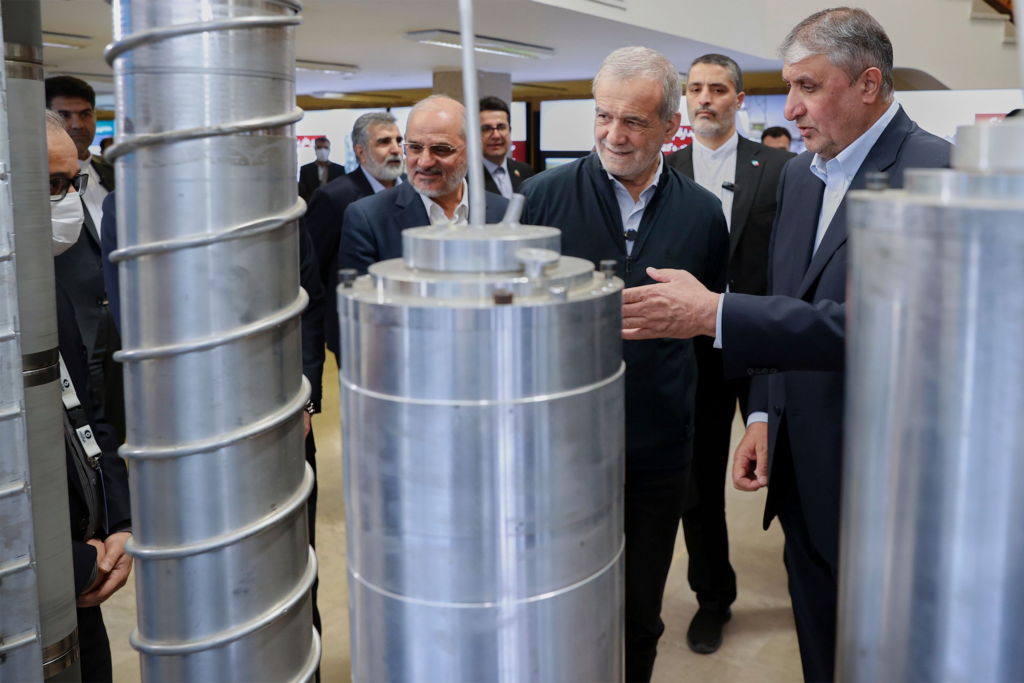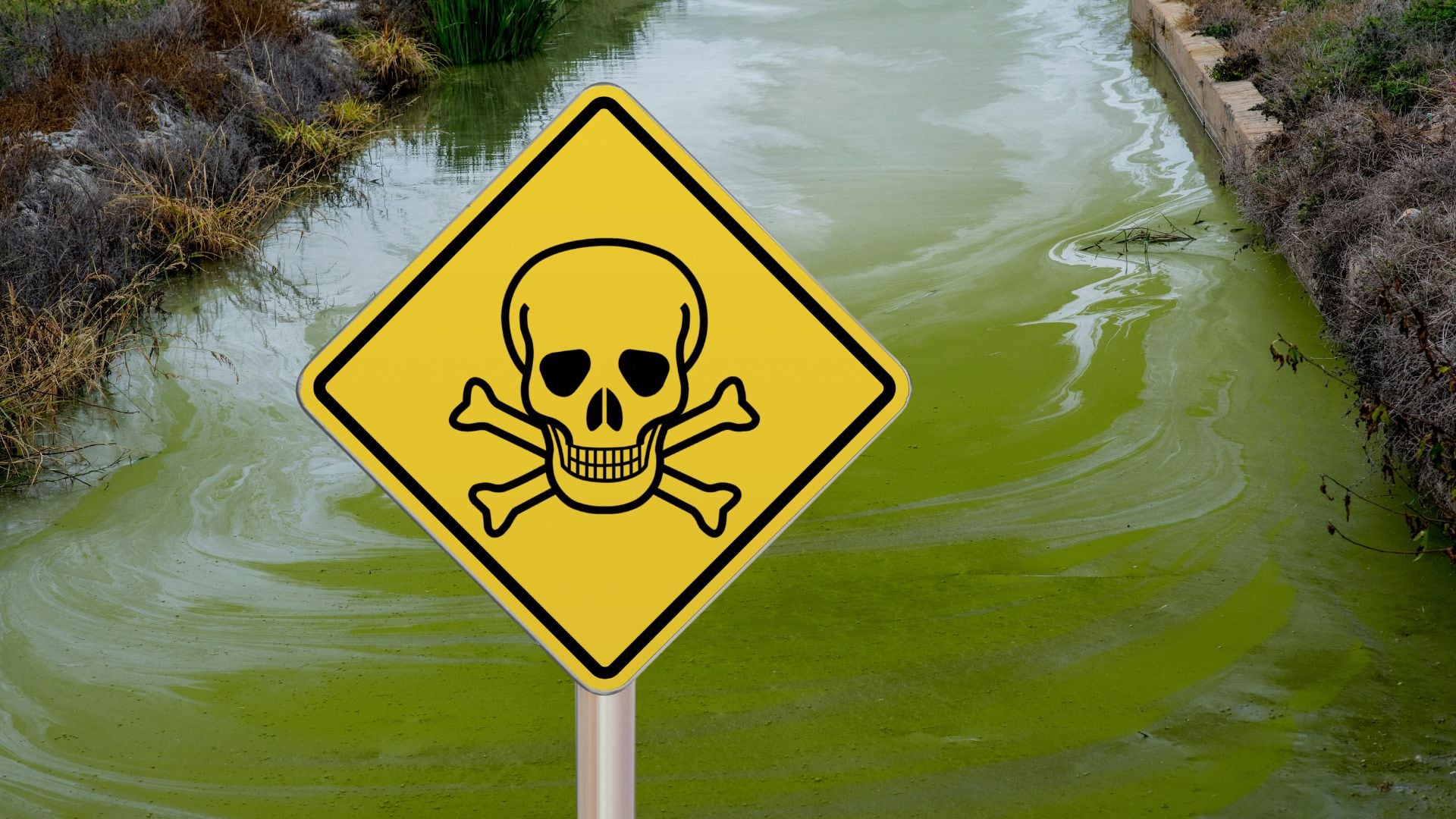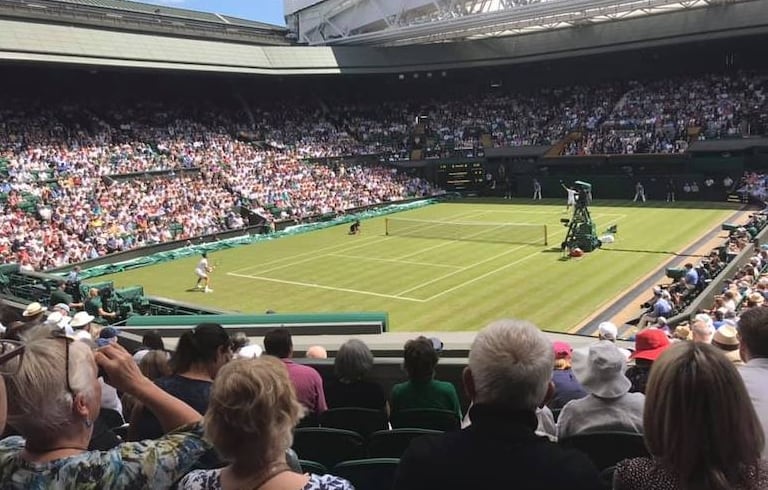The United States has put forward a new nuclear deal with Iran, granting the country temporary permission to enrich uranium, a decision that has sent ripples through international diplomatic circles. The proposal aims to stabilize the region and foster an environment of dialogue, though it comes with a series of complex stipulations. Here’s a breakdown of what this agreement means for the world.
The Deal in Focus
The proposed agreement comes as part of ongoing negotiations aimed at curbing Iran’s nuclear ambitions while offering it temporary relief in exchange for specific commitments. The United States, alongside other world powers, is attempting to balance security concerns with diplomatic efforts to avoid military escalation in the Middle East.
The deal would allow Iran to continue its uranium enrichment activities but at levels significantly lower than those necessary for weapons-grade material. The temporary nature of the agreement is key; it sets clear timelines for limitations on enrichment, with the intention of creating a pathway for further negotiations.
This agreement has raised concerns among some political leaders and international experts who question whether this deal might grant Iran too much freedom or if it is a strategic move toward establishing long-term peace in the region.
Why Enrich Uranium?
Uranium enrichment is a key step in the development of nuclear energy, and while it can be used for peaceful purposes like generating electricity, it also has the potential to contribute to the creation of nuclear weapons. Iran’s nuclear program has been a point of contention for over a decade, with countries like the US and Israel raising alarms over its potential military applications.
In past negotiations, Iran has been accused of using uranium enrichment as a cover to develop nuclear weapons. However, the United States and its allies have emphasized that Iran’s nuclear activities need to be closely monitored and limited to ensure they are not used for weaponization purposes.
The Significance of Temporary Allowance
The US’s decision to allow temporary uranium enrichment is part of a broader diplomatic strategy to ease tensions. The offer isn’t unconditional but comes with stringent monitoring requirements. International bodies such as the United Nations and the International Atomic Energy Agency (IAEA) are expected to be given greater access to inspect Iran’s facilities and ensure that uranium enrichment remains within the agreed-upon limits.

This temporary arrangement aims to reduce immediate tensions, giving both sides time to continue negotiating a more permanent and comprehensive deal. Experts argue that this can help buy time for more in-depth talks that could address broader issues, such as lifting sanctions on Iran, ensuring the safety of the region, and preventing nuclear proliferation.
Reactions from Global Leaders
While the US has framed the deal as a step forward in global nuclear disarmament, reactions from other countries and regional players have been mixed. Many Middle Eastern nations, particularly Saudi Arabia and Israel, have expressed concerns that allowing Iran to continue enriching uranium—even temporarily—could lead to regional instability.
Israel, a nuclear power itself, has long been wary of Iran’s nuclear program and has repeatedly warned against easing restrictions on uranium enrichment. They have even raised the possibility of military intervention if Iran crosses certain red lines in its nuclear development.
On the other hand, some experts argue that the deal could serve as a practical means of preventing military escalation. By keeping the lines of communication open and offering Iran a stake in the peaceful use of nuclear technology, proponents say the deal could avert the worst-case scenario of full-blown conflict in the region.
A Complicated History
This offer is not the first time the US has sought a deal with Iran regarding its nuclear program. The 2015 Joint Comprehensive Plan of Action (JCPOA), also known as the Iran Nuclear Deal, was a landmark agreement that saw Iran agree to restrict its nuclear activities in exchange for sanctions relief.
However, the deal was undone in 2018 when the US withdrew under President Donald Trump’s administration. Since then, the relationship between the US and Iran has been fraught with tensions, with both sides accusing each other of violating the terms of the deal.
The new proposal is, in many ways, an attempt to return to the table and rebuild the diplomatic framework that was shattered. But while the proposal allows for limited uranium enrichment, there is no indication that the US is prepared to fully re-enter the JCPOA as it was originally signed. Instead, this new deal is framed as an interim step—a bridge between the past and the future.
The Future of the Nuclear Deal
What comes next for the US-Iran nuclear deal is uncertain. As the US and Iran continue to navigate this complicated diplomatic terrain, the international community will be watching closely. While the offer represents a step forward in terms of dialogue, the deal’s temporary nature means that the path toward a long-term resolution is still unclear.
The outcome of these negotiations could significantly influence not just the relationship between the US and Iran but also the broader dynamics of the Middle East. If the deal holds and further progress is made, it could mark a significant shift in the region’s political landscape, reducing the threat of nuclear conflict and offering a more stable future.
However, if the deal falls apart or Iran violates the terms, the situation could deteriorate rapidly, with implications for global security. As such, the next steps in this process will be crucial for maintaining peace and stability in the region.








